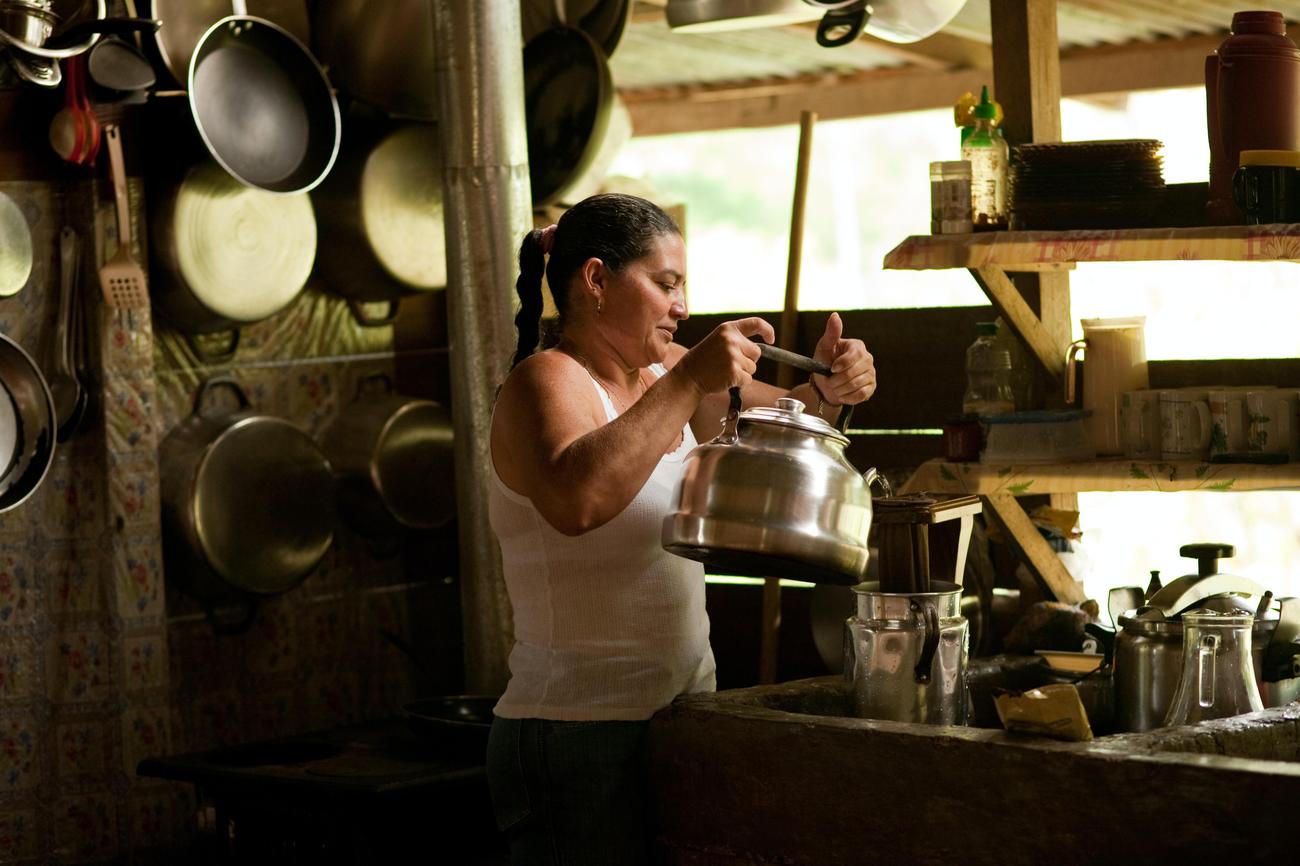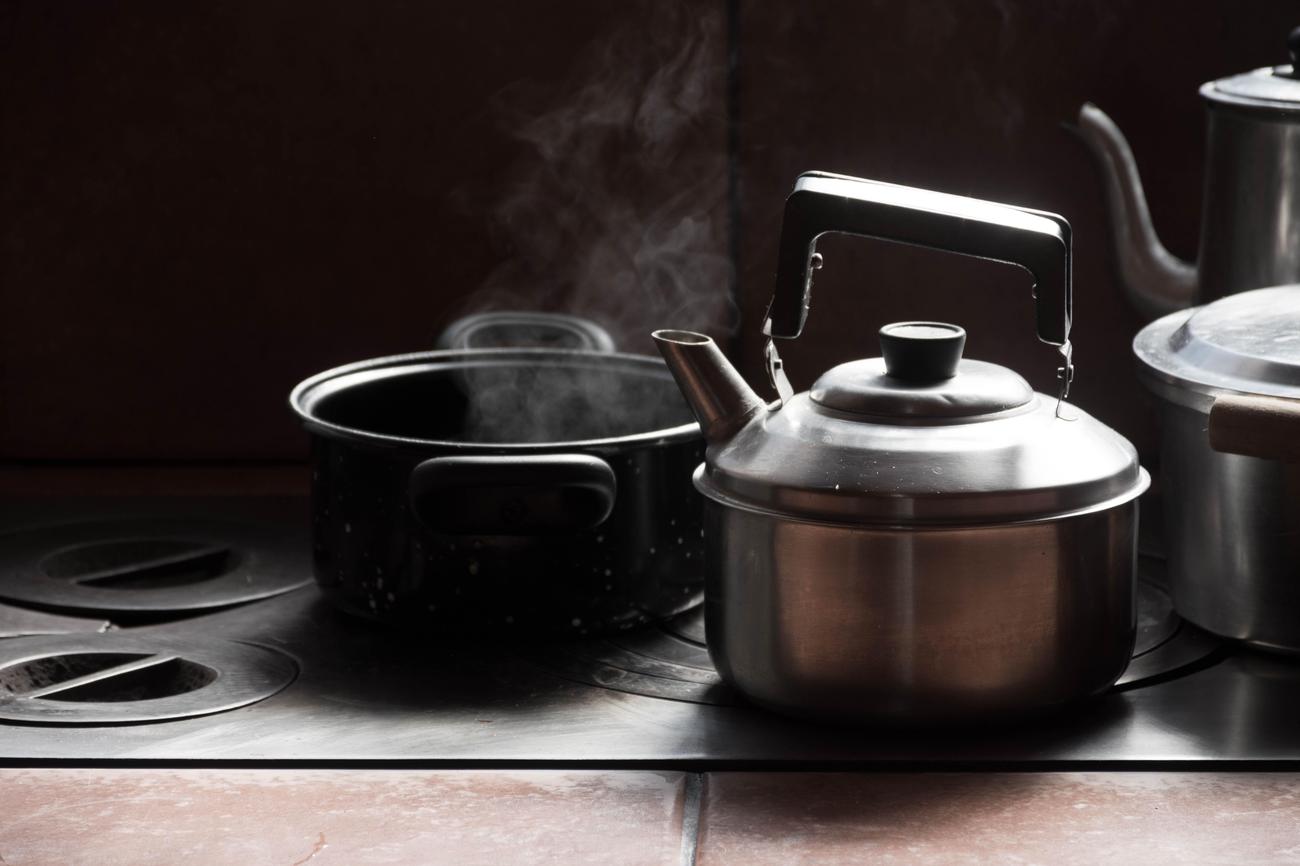Are you ready to dive into the mesmerizing world of steel pans? If you have a passion for music, culture, or simply love exploring unique instruments, then this article is a must-read for you. Join me on an exciting journey as we unravel the secrets and fascinating facts about steel pans. From their humble beginnings to the vibrant and diverse genres they encompass, we’ll uncover the allure and beauty of this extraordinary musical instrument. So, get ready to be captivated and enlightened as we delve into the enchanting realm of steel pans.

Facts About Steel Pans
Steel pans, also known as steel drums, are a captivating musical instrument that originated from the vibrant Carnival celebrations in Trinidad and Tobago. These intriguing instruments are the only new ones to be invented in the 20th century, and they have a fascinating history and unique construction.
1. Vibrant Origins
Imagine the colorful streets of Trinidad and Tobago during Carnival, filled with joyous celebrations, music, and dancing. It was in this vibrant atmosphere that steel pans were born. Originally, they were created from recycled oil drums, transformed into melodious instruments that could bring people together in the spirit of the festivities.
2. Remarkable Construction
One of the distinct characteristics of steel pans is their unique construction. The playing surface of steel pans is concave, resembling a shallow bowl, while the resonator beneath it is cylindrical. This ingenious design allows for the production of a range of melodious notes when struck.
3. Chromatic Pitch Flexibility
Steel pans are chromatically pitched percussion instruments, which means they have the marvelous ability to play different notes. This versatility makes them capable of producing both melodic and rhythmic elements, enabling pannists to create mesmerizing and captivating music.
4. Pannists and Steel Bands
The skilled musicians who play steel pans are called pannists. They are the artists who bring life to these incredible instruments, creating harmonies that captivate audiences around the world. Sometimes, pannists come together to form steel bands or orchestras, which further amplifies the enchantment of their performances.
5. Musical Diversity
The beauty of steel pans lies in their ability to adapt to a myriad of musical genres. From calypso to reggae, jazz, and even classical music, steel pans can blend seamlessly into various styles. Their captivating sound adds a distinctive flair to any musical composition, making them a sought-after choice for musicians worldwide.
At its core, the steel pan is a treasure that emerged from the lively traditions of Trinidad and Tobago. Its history and construction, along with the skill of the pannists and the adaptability to diverse musical genres, make it an instrument worth celebrating and exploring. So, it’s time to dive deeper into the steel pan world and unlock its secrets!
“Discover the magic of steel pans, the vibrant instruments that became the heartbeat of Carnival celebrations in Trinidad and Tobago.”
Steel is an incredible material that has shaped the modern world in more ways than you can imagine. From the towering skyscrapers that touch the sky to the sturdy bridges that connect communities, steel plays a vital role. If you’re curious about the remarkable properties and fascinating history of steel, check out these intriguing facts about steel.
Discover fascinating facts about steel and delve into its rich heritage. You’ll be amazed by the versatility, durability, and strength of this extraordinary alloy. So click the link and embark on a journey into the captivating world of steel.
Facts About Steel Pans
Steel pans, also known as steel drums, are fascinating musical instruments that originated in the Caribbean. These unique musical creations are made by skilled artisans using a complex manufacturing process. If you’re curious to learn more about the process behind crafting steel pans, be sure to check out our enlightening article on the steel pans manufacturing process. Discover the intricate steps involved in shaping and tuning these mesmerizing instruments, and gain a deeper appreciation for the craftsmanship behind their creation.
As you delve into the world of steel pans, you may also be interested in exploring their environmental impact. Our insightful article on the environmental impact of steel pans provides thought-provoking information on how the production and use of these instruments affect the environment. Uncover surprising facts about sustainable manufacturing practices, recycling efforts, and the overall ecological footprint of steel pans. Click here to explore the environmental impact of steel pans and expand your knowledge on this captivating topic.
For those hungry for more steel pans knowledge, our article on steel pans facts is a must-read. Delve into a treasure trove of fascinating information and uncover interesting tidbits about the history, cultural significance, and diverse range of styles within the world of steel pans. Immerse yourself in the rich heritage of this extraordinary instrument and let the facts about steel pans dazzle you.
So don’t wait any longer – dive into the captivating world of steel pans. Learn about the craftsmanship behind their manufacturing process, explore their environmental impact, and discover a plethora of intriguing facts. Click here to embark on a journey to expand your understanding of steel pans. Join us in celebrating these vibrant musical instruments that bring joy and rhythm to countless lives.
Steel Pans Manufacturing Process
Steel Pans Environmental Impact
The Evolution of the Steel Pan: Igniting Cultural Pride and Musical Mastery
[youtube v=”XMWksr7oS4A”]
How the Steel Pan Transformed from Scrap to Musical Marvel
The steel pan, born from the vibrant Carnival celebrations in Trinidad and Tobago, has a fascinating history that dates back to the African drumming traditions. In an attempt to stifle the native people’s identity, drumming was banned, prompting the ingenious use of metal objects like garbage bins and paint cans as makeshift instruments. It was in the 1930s that Winston Spree Simon revolutionized the landscape by introducing the first instrument capable of producing music notes, pitches, and ranges. Then, in 1941, Ellie Manette refined the design, creating the steel drum as we know it today.
“These instruments epitomize turning something as ordinary as trash cans into extraordinary musical marvels.”
Steel Pan: A Symbol of Cultural Resilience and National Pride
For many individuals like Jagen McKinley, the steel pan is not just a musical instrument; it serves as a powerful connection to their culture and identity. Trinidad and Tobago have even declared it their national instrument, becoming a source of revenue and immense pride for the country. The steel pan not only brings people closer to their heritage but also offers a unique opportunity for outsiders to delve into the rich tapestry of Trinidadian culture.
“The steel pan has the remarkable ability to transport you to Trinidad, immersing you in its vibrant celebrations and infectious rhythms.”
The Pan Yard: Where Rhythm and Family Collide
A day in the pan yard, a rehearsal space for steel pan musicians, is both a serious endeavor and a joyous gathering. Pannists gather under a bridge, practicing tirelessly to perfect their craft. And it’s not just about learning the music—it’s about fostering a sense of camaraderie and finding a second home. The pan yard serves as a sanctuary for those who feel lost or have nowhere else to turn.
“The pan yard is a haven, a place where your fellow musicians become your family, united by their shared passion for the steel pan.”
Showcasing Excellence: Steel Pans Take Center Stage
One of the most anticipated events in the steel pan world is the annual Pan Alive competition held in Toronto, Canada. This grand spectacle draws thousands of talented pannists who compete for glory. The culmination of the event is the festival that follows, where music, laughter, and a sense of achievement fill the air. The spirit of unity and devotion to the artistry of the steel pan shines through and captivates both participants and spectators alike.
“The thunderous applause that fills the stadium after each performance is a testament to the transformative power of music and the dedication of these remarkable musicians.”
The Steel Pan: Embracing Creativity and Defying Expectations
The steel pan’s allure extends beyond its cultural significance, impacting and inspiring people of all backgrounds. Crafted from discarded trash cans, it exemplifies the extraordinary ability of human beings to create something out of nothing. These instruments awaken a sense of awe and curiosity in listeners, encouraging them to explore new avenues of music and self-expression.
“The steel pan reminds us that greatness can emerge from the most unexpected places, urging us to embark on our own transformative journeys.”
The Rhythm Continues: Preserving Tradition while Pushing Boundaries
Steel pans have become versatile instruments that harmonize with various musical genres. From calypso and reggae to jazz and classical music, pannists continuously push the boundaries of what is possible, breathing new life into the steel pan’s centuries-old legacy. Their dedication and skill enable them to form steel bands or orchestras, spreading the infectious rhythm of the steel pan across the globe.
“Steel pan musicians are custodians of a rich heritage, ushering their musical expressions into the future while never forgetting their roots.”
FAQ
Q: What makes steel pans unique among musical instruments?
A: Steel pans are the only new instrument invented in the 20th century. Their origin and construction make them truly one-of-a-kind.
Q: Where did steel pans originate from?
A: Steel pans originated from Trinidad and Tobago and were initially used in Carnival celebrations as a way to create music using discarded oil drums.
Q: How are steel pans made?
A: Steel pans are made from recycled oil drums, which are carefully shaped and tuned to create a concave playing surface and cylindrical resonator.
Q: Can steel pans play different notes?
A: Yes, steel pans are chromatically pitched percussion instruments, which means they can play a range of different notes. This versatility allows for a wide variety of musical expression.
Q: Who plays steel pans and are there any groups or ensembles dedicated to them?
A: Steel pans are played by musicians called pannists. They often come together to form steel bands or orchestras, where multiple steel pan players perform together to create intricate and captivating melodies.
- Unlock Filipino Culture: A Deep Dive into Traditions and Practices - April 23, 2025
- Unlock Spanish Culture: Insights & Opportunities Now - April 23, 2025
- White Spirit Uses & Substitutes: A Deep Dive for Pros & DIYers - April 23, 2025
















